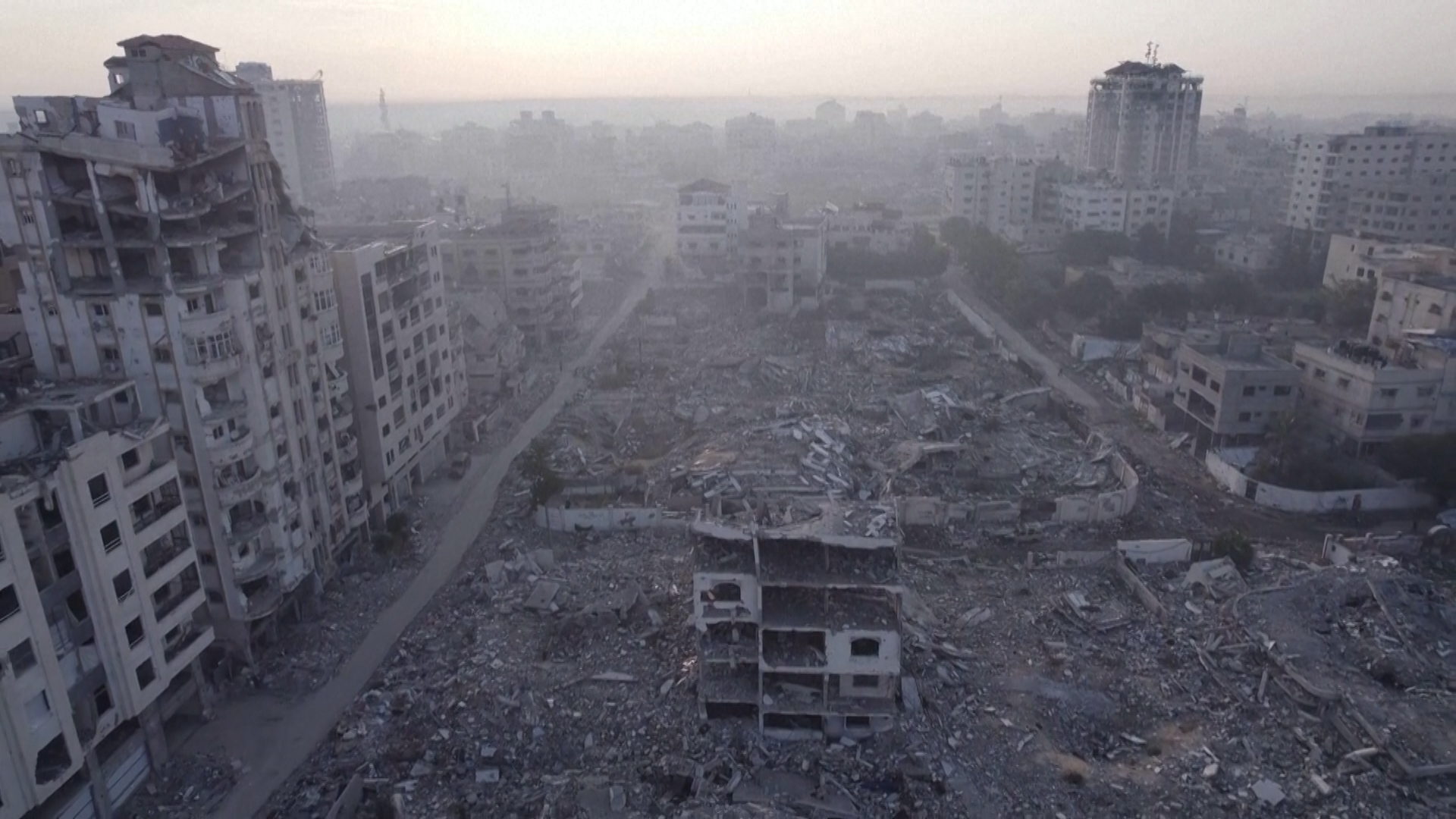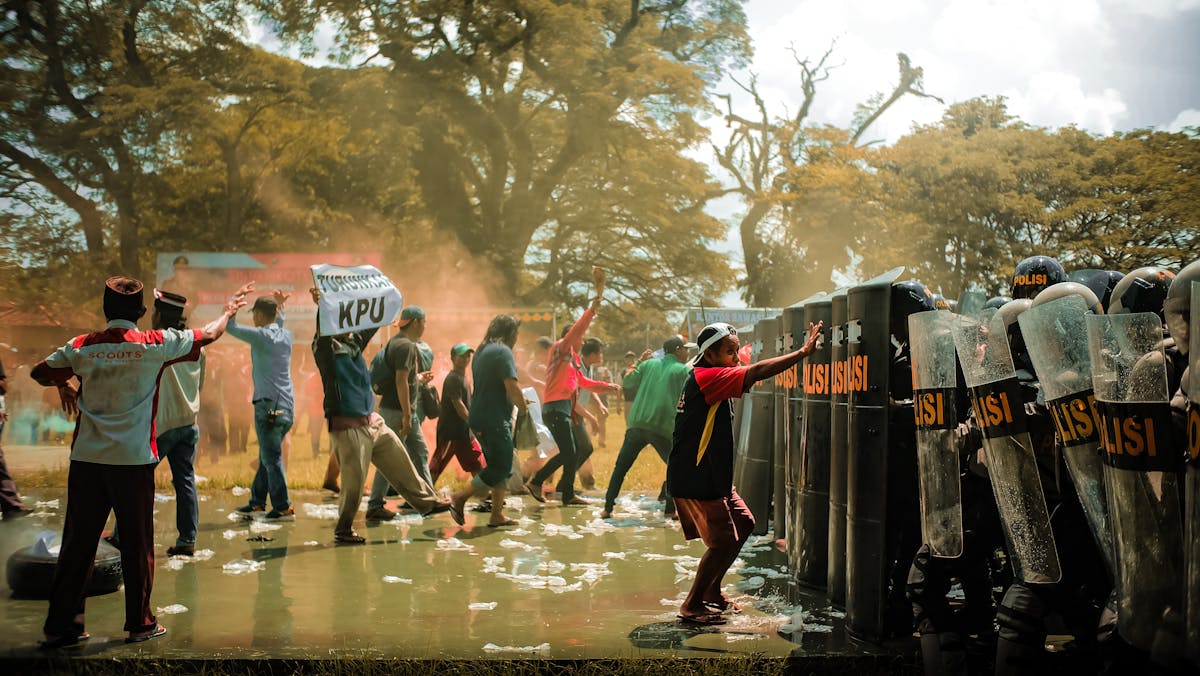Recent satellite imagery has provided a stark view of the destruction across the Gaza Strip, highlighting the severe impact of ongoing conflict on the region’s infrastructure and communities. The images reveal flattened buildings, damaged roads, and widespread destruction that has left residents grappling with loss and uncertainty. This data offers a critical perspective on the humanitarian situation and the scale of devastation that is affecting thousands of families.
The extent of damage seen from the sky
Satellites have been a vital resource for evaluating the effects of warfare in areas where direct access is restricted. In Gaza, these images display whole communities turned into debris, with residences, educational institutions, and healthcare centers heavily damaged or demolished. The detailed images supply unmistakable proof of the physical devastation that has taken place, illustrating the magnitude of the crisis in ways that traditional journalism cannot fully convey.
The damage is not limited to residential areas. Roads, bridges, and other infrastructure have been affected, hindering the delivery of aid and complicating efforts to provide essential services to those in need. Utilities, including electricity and water systems, have also been impacted, further exacerbating the humanitarian challenges faced by local communities. These visual records underscore the immense difficulty of rebuilding and restoring normalcy for Gaza’s population.
Humanitarian consequences of widespread damage
The destruction captured by satellite imagery is not just a visual indicator; it reflects a deep humanitarian crisis. Thousands of families have been displaced, forced to seek shelter in temporary accommodations or with relatives. Access to food, clean water, and medical care is limited, and the psychological impact of the destruction on residents, particularly children, is profound.
Images from satellites as a method for responsibility and rebuilding
More than just capturing the immediate destruction, satellite images hold significant importance for future planning, holding parties responsible, and rebuilding efforts. By offering unbiased visual documentation, these images assist in pinpointing areas requiring immediate action, directing rebuilding projects, and tracking the advancement of reconstruction plans over the long term. They are also useful as proof in accountability debates, enabling organizations and governments to evaluate the extent of damage and strategize for compensation or the distribution of international support.
Rebuilding Gaza will require extensive resources, careful planning, and international collaboration. Satellite data can inform decisions about where to focus reconstruction, what infrastructure requires priority attention, and how to coordinate efforts to restore basic services. The imagery also highlights the resilience of local communities, many of whom continue to live amidst difficult conditions while seeking ways to recover and rebuild their lives.
The damage revealed by satellite images is a reminder of the ongoing conflict’s human cost and the broader geopolitical challenges in the region. Gaza has long faced cycles of violence that have repeatedly disrupted lives, destroyed infrastructure, and left communities vulnerable. Each episode of conflict leaves lasting impacts, not only on physical structures but also on the social fabric, economy, and overall stability of the region.
International monitors and relief agencies persist in emphasizing the necessity of tackling both urgent needs and sustainable solutions. Avoiding further intensification, delivering vital assistance, and aiding in rebuilding are essential to alleviating the persistent human distress. Satellite images are instrumental in these endeavors, providing accurate and current data to inform relief activities and policy choices.
Restoration and reconstruction work
The satellite images of Gaza underscore the urgent need for coordinated humanitarian and reconstruction efforts. While the scale of destruction is daunting, these images also serve as a call to action for governments, NGOs, and international organizations to prioritize relief, reconstruction, and sustainable development in the region.
As the process of reconstruction starts, satellite information will persist in offering important insights about which regions need urgent focus and how to distribute resources efficiently. In addition to the physical restoration, it will be crucial to attend to the social, economic, and psychological needs of impacted communities for sustainable recovery. The photographs provide not only a glimpse of the current destruction but also a guide for the efforts necessary to reestablish normality and bolster the strength of the residents in Gaza.
Satellite imagery has revealed the extensive damage across the Gaza Strip, capturing the severity of the humanitarian crisis and the challenges ahead. While the destruction is profound, these images also provide critical information for planning reconstruction, delivering aid, and addressing the urgent needs of affected populations. The coming months will require sustained international attention, coordinated recovery efforts, and a focus on rebuilding both infrastructure and the lives of those impacted by the conflict.




